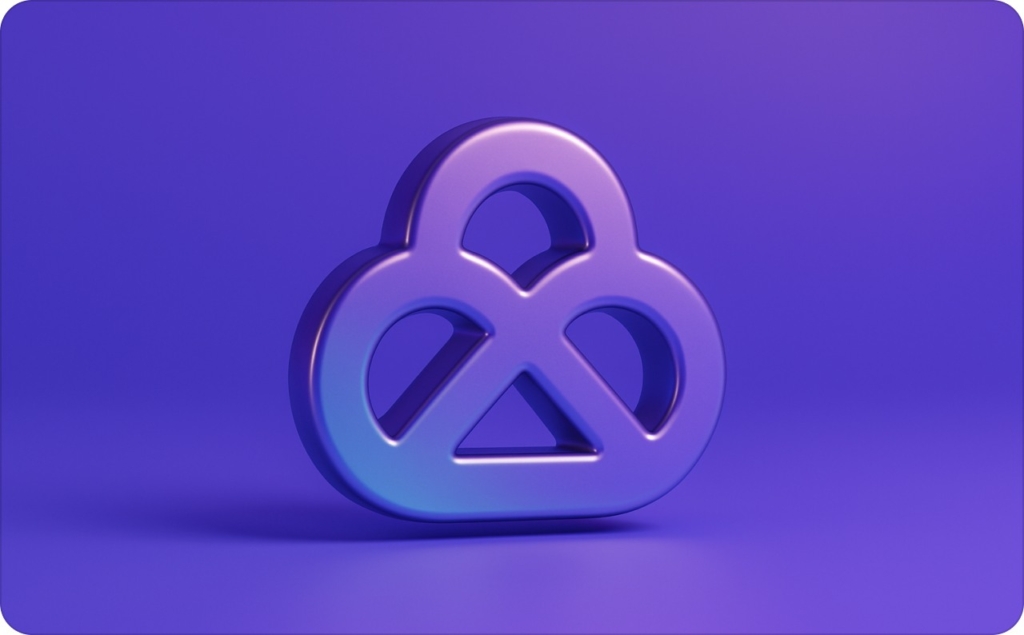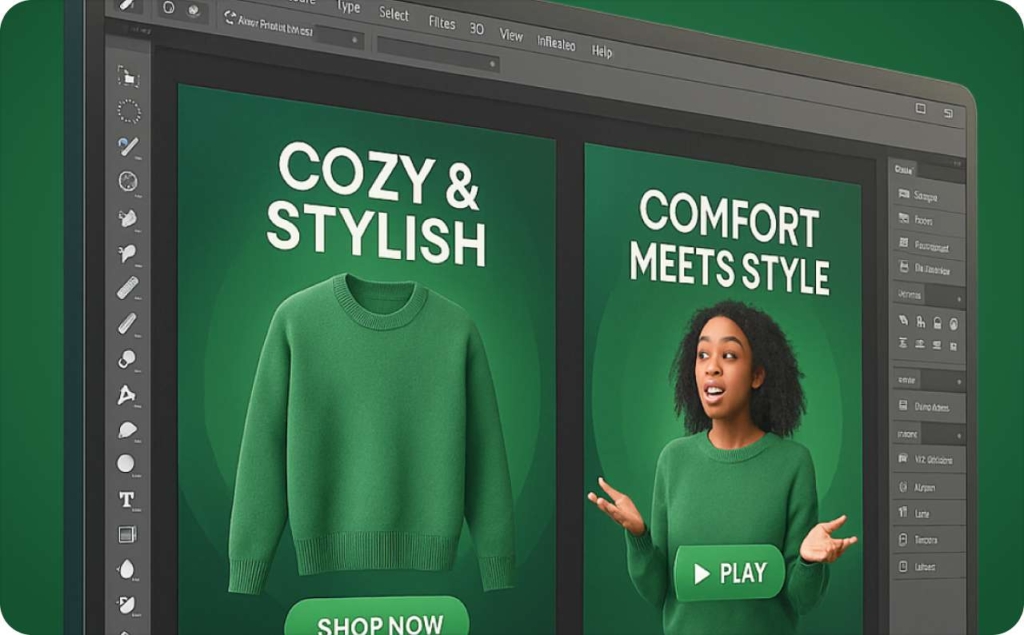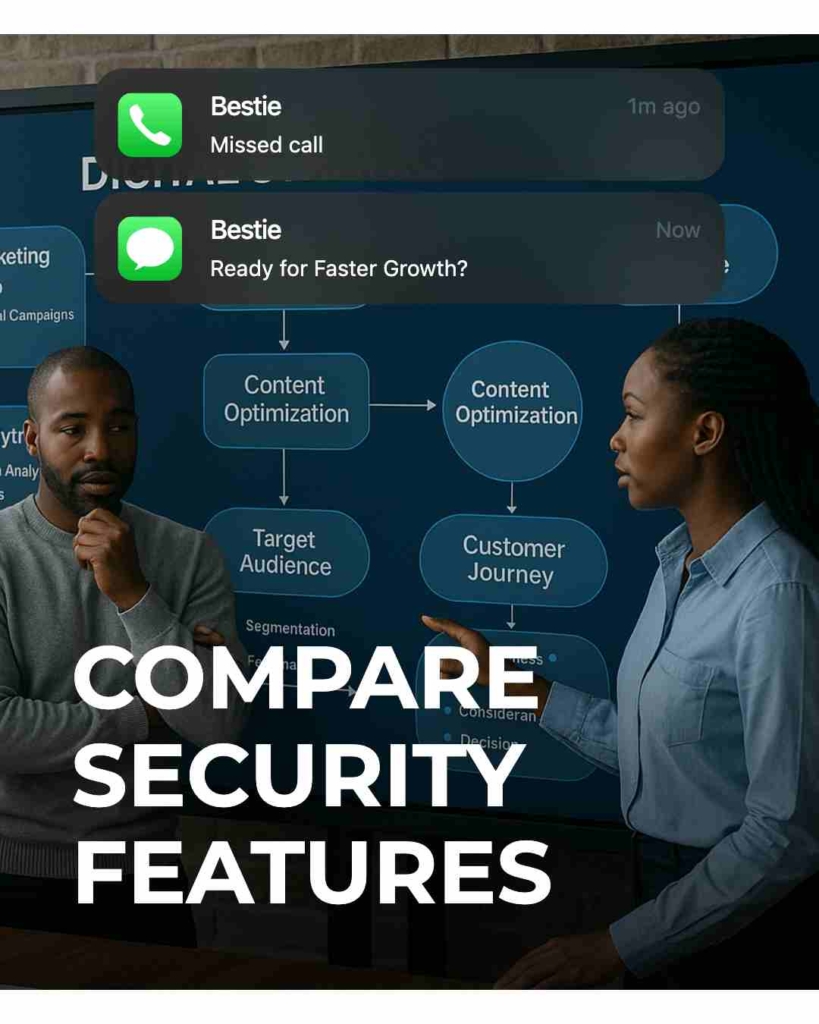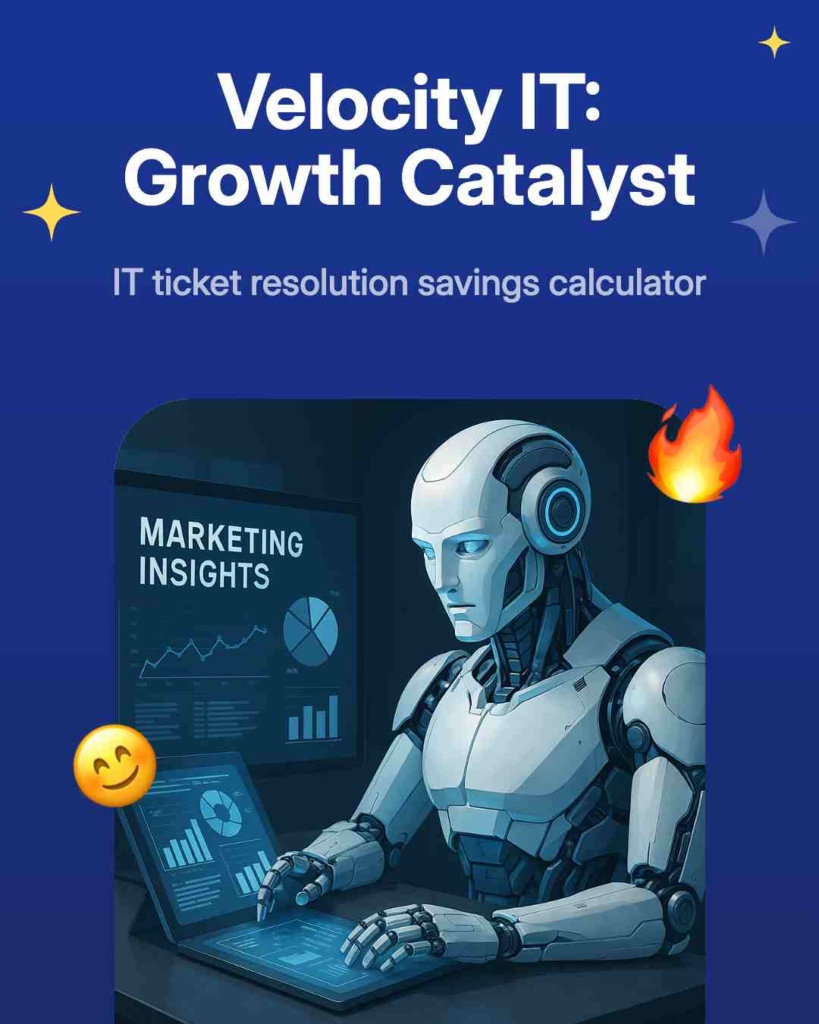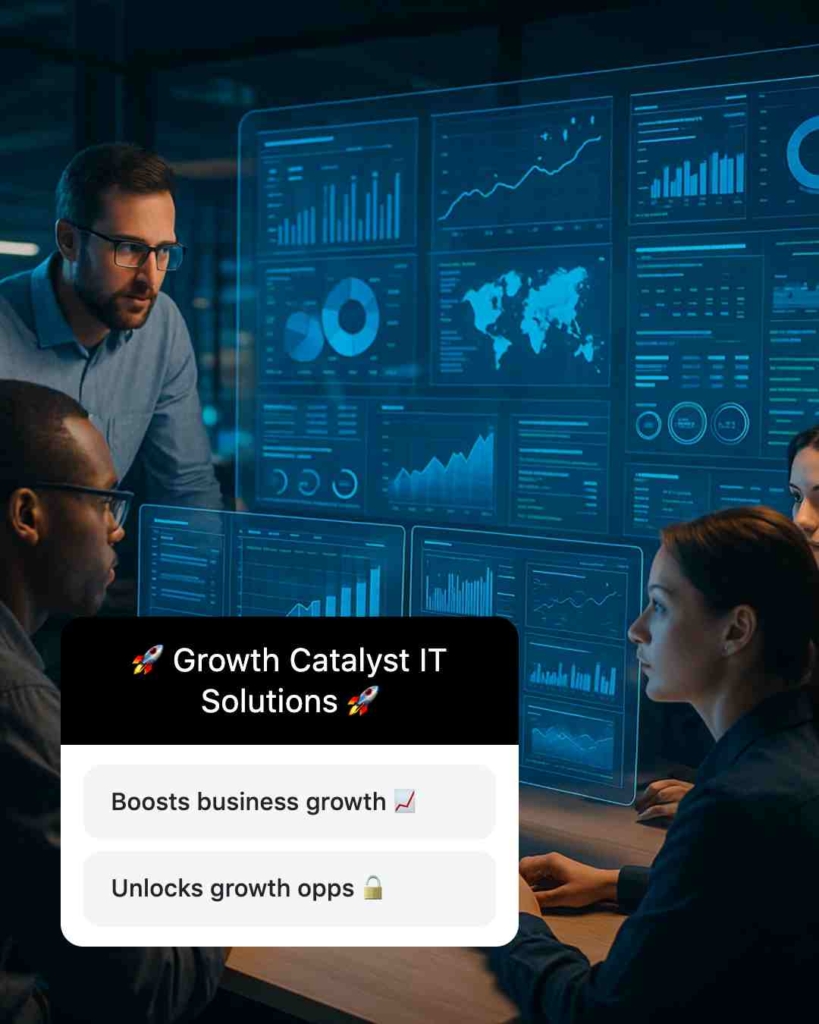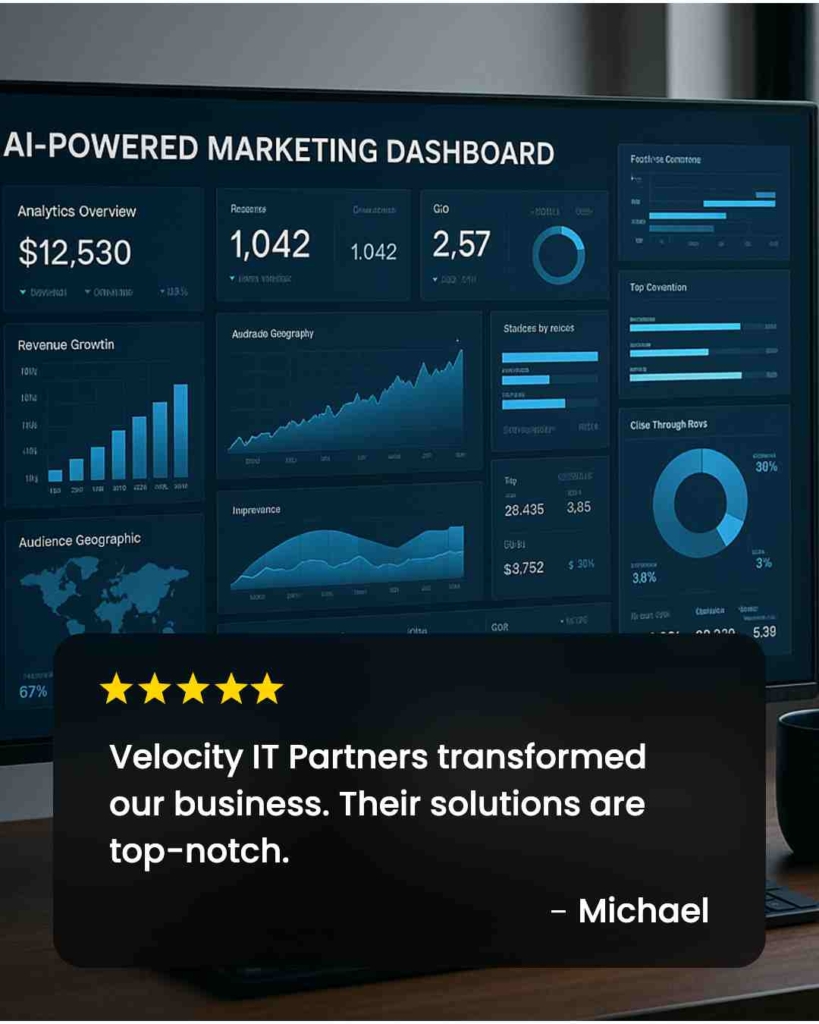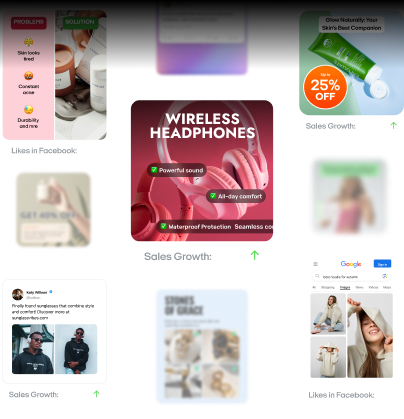Digital marketing for IT companies in 2025: Strategy, tools, and real results
How can IT companies stay ahead in digital marketing? Zeely AI analyzed the latest trends to give you the sharpest insights and actionable strategies for real growth.
In IT marketing, the funnel is rarely shorter than a couple of quarters: decisions are made by a committee of 6–10 people, and everyone wants confirmation of security, integrations, and ROI. Therefore, “just running an ad” is not a strategy. You need a plan that guides the technical buyer from problem to PoC and contract through documentation, integrations, proof, and personalized advertising.

What is digital marketing for IT companies?
Digital marketing for IT companies is a structured approach to reaching and converting technology buyers through online channels like SEO, PPC, email, and social media. Unlike traditional B2B marketing, this strategy is deeply aligned with technical content, long decision timelines, and risk-averse buyer personas.
You’re not selling a $19/month product, but you’re guiding enterprise stakeholders through an often 3–12 month evaluation. That means your digital marketing must do more than generate clicks. It needs to build trust, educate, and qualify complex buyers across multiple stages.
How is IT digital marketing different?
Most B2B tech marketing strategies miss the mark because they rely on surface-level tactics like cold outreach or one-size-fits-all content. But IT buyers operate differently:
- A single deal may involve IT directors, procurement, compliance officers, and executive leadership
- Your campaigns must address risk, data handling, and certifications upfront
- Buyers expect whitepapers, documentation, and developer resources
- You’ll need real performance metrics, customer success stories, and analyst recognition
Digital marketing vs. Traditional marketing for IT firms
In 2025, the gap between digital marketing vs traditional marketing is wider than ever, especially for IT companies with complex sales cycles and technical offerings.
Today’s buyers aren’t waiting for your call. They’re searching Google for case studies, comparing software on G2, or watching competitor demos on YouTube. That shift means traditional tactics no longer scale or convert effectively in B2B tech.
Conventional IT advertising tactics like trade shows, print ads, and direct mail used to work because they created visibility in a niche space. But in a world of 24/7 online research, they no longer deliver consistent ROI:
- Trade shows are expensive and often limited in reach
- Cold calling rarely connects with busy IT decision-makers who screen calls
- Print and static ads can’t deliver technical depth or dynamic CTAs
These methods are often untargeted and hard to measure. Worse, they don’t meet buyers where they are—online.
Why digital is now essential
Digital-first marketing offers precision, personalization, and performance tracking that traditional channels can’t match. For IT firms in particular, these advantages are critical:
- SEO and content marketing attract buyers who are actively researching your solution
- LinkedIn and Google Ads let you target decision-makers by title, industry, or intent
- Webinars and online demos turn passive leads into educated prospects ready to talk to sales
- AI tools like Zeely AI generate ad copy, visuals, and targeting suggestions in seconds
According to WPP’s 2025 forecast, digital in 2025 is no longer a channel, but a market: 73.2% of global advertising goes online. AI tools reinforce the trend, adding +30% to results and reducing the lead price by −25%.
8 digital marketing strategies for tech & IT companies
If you’re looking for digital marketing strategies for tech companies that actually move the needle, it’s time to focus on what works in 2025. B2B IT buyers are digital-native, research-driven, and risk-aware. That means you need tactics that speak to technical audiences while aligning with long buying cycles, stakeholder complexity, and proof-driven conversions.
According to HubSpot’s 2025 “State of marketing” report, most marketers now rely on AI tools to keep up with rising content demands. But AI is just one part of the picture. To build a sustainable pipeline, you need a full-stack approach across SEO, paid media, social, email, and conversion.
Let’s break down the 8 most effective IT digital marketing tactics, where each one tailored for SaaS companies, MSPs, cybersecurity firms, and cloud providers.
SEO for IT companies & SaaS
If you’re not visible in search results, you’re invisible to buyers. SEO for IT companies goes beyond keyword stuffing. It’s about building trust, relevance, and discoverability through content that solves real user problems.
To rank in 2025, you need:
- Topic clusters: Organize content around core themes like “network security,” “cloud migration,” or “IT compliance.” Use pillar pages and supporting blogs
- Integration pages: Create SEO-optimized pages for each supported tool, platform, or API. These pages attract mid-funnel traffic from comparison and solution-aware queries
- Technical documentation: Search engines love detailed developer content. Index your docs, changelogs, and SDK references
Pro tip: Include entities like “endpoint protection platform,” “zero trust,” and “SaaS onboarding tools” where relevant. These support NLP understanding and improve rankings.
Industry example: Zapier’s programmatic integration pages and topic clusters power scale: its blog alone drives an estimated 1.6M organic visits/month, and the /apps integration directory accounts for ~16% of overall organic traffic. This is classic pillar/supporting content plus integration pages that match solution-aware queries.

Photo source: SecurityMetrics
PPC & paid media for IT services
Pay-per-click ads help you reach high-intent buyers fast — but only if your targeting and offer are laser-sharp.
Here’s what works best in PPC for IT companies:
- LinkedIn ABM campaigns: Target decision-makers by job title, industry, and company size. Run A/B tests on CTAs like “See demo,” “Compare security features,” or “Get compliance checklist.”
- Google Search + Performance Max: Capture bottom-funnel queries like “SOC 2 compliant backup provider” or “cloud ERP for mid-market.”
- Retargeting ads: Bring visitors back with personalized messaging based on what they viewed — pricing, integrations, or use case pages.
Pro tip: Use AI ad generators like Zeely AI to speed up ad copywriting and creative variations. This reduces fatigue and boosts relevance across ad sets. Track cost-per-MQL, CAC payback, and ROAS to evaluate true impact.
Industry example: Genesys ran ABM on LinkedIn (with Sales Navigator + Terminus) and saw a 30% drop in CPL and a 64% share of closed revenue influenced by Sales Navigator. The playbook aligned marketing + sales on high-value accounts and lifted pipeline quality.
Content marketing for tech firms
Technical buyers crave information. Content marketing for tech companies should be rich, precise, and helpful, not fluff-filled brochures.
Focus on:
- Tutorials and how-tos: Help users solve real-world problems like “how to monitor Kubernetes logs with Prometheus”
- ROI calculators: Build interactive tools that quantify your value — like “IT ticket resolution savings calculator”
- Compliance-focused content: Produce GDPR, HIPAA, or SOC 2 alignment guides tailored to industries like healthcare or finance
Pro tip: AI tools can help you draft outlines, optimize headlines, and even rewrite complex content for clarity. But always fact-check and edit for technical accuracy. A cloud data platform can drive organic leads with a blog series on “data lakehouse vs. data warehouse” that links directly to feature comparisons and CTAs.
Industry example: DigitalOcean’s community machine publishes 8,000+ technical tutorials, capturing countless “how-to” developer searches. The program underpins reach with a reported 3.5M-developer community, turning education into acquisition.
Social media & community for IT companies
You might not think LinkedIn marketing for B2B tech works, but it’s where your audience lives. Use social to boost credibility and stay top-of-mind.
Best practices:
- Employee advocacy: Encourage team members to share product updates, demos, or thought leadership. It builds trust
- YouTube demos: Walkthroughs and feature launches help convert technical users. Make them clear, short, and timestamped
- Developer communities: Join GitHub, Reddit, and Stack Overflow threads. Offer value before pitching
Pro tip: Social won’t usually close deals, but it keeps your brand in the conversation — and that’s critical for multi-touch, long-cycle sales.
Industry example: Postman’s public API Network + community content keep the brand omnipresent with 40M users and 100k+ public APIs from 18k+ companies engaging on the platform. Video walkthroughs and community programs turn awareness into product adoption.
Webinars & events for IT lead generation
In the B2B IT world, webinars are digital gold. They combine education, brand authority, and lead generation into one high-leverage format.
Build your IT lead gen webinar strategy like this:
- Topic selection: Use common pain points like “Cloud security for remote work” or “Building scalable MSP pricing models”
- Format: Mix panels, product walkthroughs, and live Q&A. Always record and repurpose
- Follow-up strategy: Don’t just collect emails — use intent signals to trigger nurture sequences or SDR outreach
Pro tip: Consider content syndication partnerships to promote your webinar across trusted tech media sites. Platforms like Livestorm and Demio integrate with CRMs for real-time engagement scoring.
Industry example: Using Demio, Nutshell scaled weekly “one-to-many” demos and lifted trial conversion 5× (from 12% to 60%). On-demand/automated formats let a small team educate at scale while maintaining live Q&A in chat.
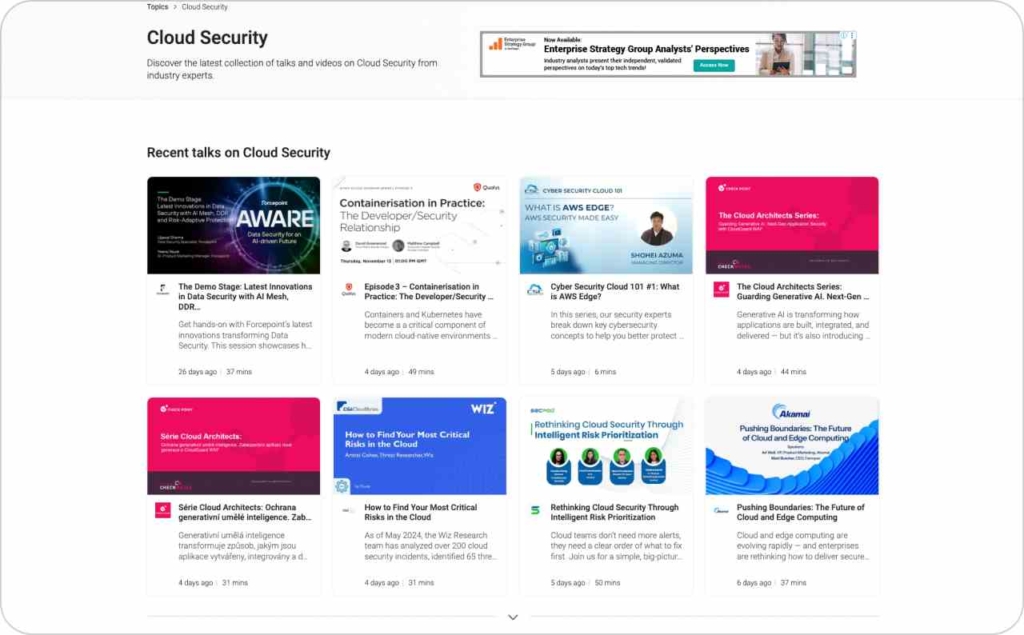
Photo source: BrightTALK
Email automation & lead nurture for IT services
Your buyers won’t convert after one touch. That’s why email automation matters.
Best practices for B2B nurture sequences:
- Trial/freemium sequences: Highlight features, use cases, and integrations over a 7–10 day flow
- Compliance-driven follow-ups: Send targeted content based on industry needs (e.g., “GDPR checklist for SaaS companies”)
- Behavioral triggers: Use page visits or webinar attendance to send relevant case studies or booking links
Pro tip: Keep subject lines clear. Stick to one CTA. Track open rate, CTR, and conversion to SQL.
Industry example: A structured onboarding + behavioral email flow delivered a 79% increase in successful activation and +50% free→paid conversion in seven months. Clear milestones, in-app cues, and targeted follow-ups did the heavy lifting.

Reviews, directories & social proof in IT marketing
Your buyers Google you. They compare you. They read reviews. That’s why software review sites and social proof matter more than ever.
Focus on:
- G2, Capterra, TrustRadius: Optimize your profiles, respond to feedback, and include client logos where possible
- Third-party analyst quotes: Reuse Gartner, Forrester, or IDC mentions in your pitch decks and site
- Case studies: Share real metrics like “reduced incident response time by 43%” or “cut cloud costs by 32%”
Pro tip: Add schema markup to review pages on your website to show stars in Google SERPs.
Industry example: Datadog’s profile shows 4.4/5 from 659+ verified reviews, surfacing social proof directly in comparison journeys. Consistent review ops here translates to credibility and incremental assisted conversions.
Conversion rate optimization for IT websites
You’ve spent time and budget to get traffic. Now you need to convert it. CRO for IT websites means optimizing each touchpoint to remove friction and build trust.
Tactics that work:
- Demo request pages: Add customer logos, short forms, and “what to expect” videos
- Trust signals: Display compliance badges, uptime stats, and security certifications
- Landing page variants: Test different headlines, CTAs, and visuals for personas like CTOs vs. IT managers
Pro tip: Tools like Hotjar or FullStory can reveal drop-off points, and AI testing platforms can optimize CTA copy or layouts in real time.
Industry example: An Omnisend pricing-page experiment aimed at enterprise buyers produced +22.97% demo requests and ~4× higher lead-to-paid conversion (11.54% vs 2.94%). Research-backed hypotheses + iterative testing beat generic “best practices.”
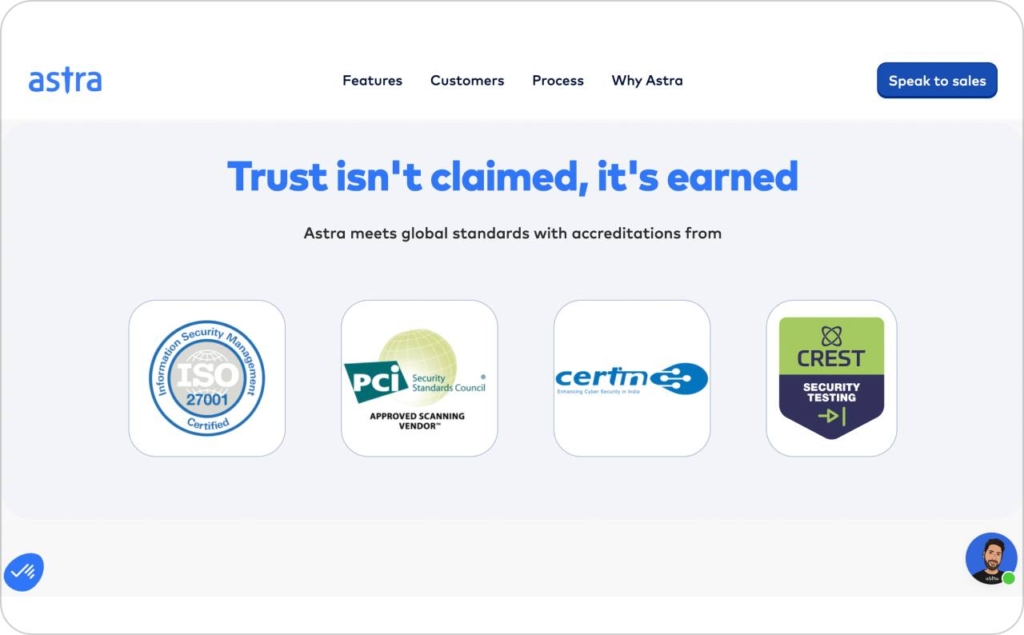
Photo source: Astra
How to create a digital marketing strategy for IT companies
Many IT companies run campaigns without a clear plan, some SEO here, a LinkedIn ad there, maybe a webinar or two and wonder why results fall flat. The truth is, without a structured digital marketing strategy, it’s easy to waste time, budget, and energy.
To reach high-value buyers like CTOs, CIOs, and cybersecurity leaders, you need a system that connects your business goals with the right audience, channels, and performance metrics. That’s where a 90-day IT marketing roadmap comes in.
Here’s how to build one, step by step.
Start with your business goals
Everything begins with your goals. What’s the business trying to achieve over the next quarter?
Are you aiming to:
- Generate more qualified leads?
- Increase product demo requests?
- Shorten the sales cycle for enterprise accounts?
Start by choosing one or two high-impact goals that tie directly to revenue. When your marketing efforts align with business outcomes like ARR growth or CAC payback, you stay focused and it’s easier to prove results.
Map your ideal customer profiles
Once you know your goals, it’s time to define who you’re targeting. In tech and IT marketing, your ideal customer profile is rarely just a company size or vertical. You’re often speaking to layered decision teams — CIOs managing risk, CTOs focused on architecture, and IT managers looking for performance.
For each persona, identify:
- Primary pain points (e.g., “struggling with secure remote access”)
- Buying triggers (e.g., “recent security audit” or “cloud migration project”)
- Decision dynamics (e.g., “CTO is buyer, IT manager is influencer”)
This will shape your messaging and guide how you segment content and outreach across your campaigns.
Build offers that match the funnel
Not every lead is ready to talk to sales. That’s why your strategy needs a mix of content and offers for different stages of the buyer journey.
Use this simple matrix:
| Funnel stage | Best-fit offers |
| Top of funnel (TOFU) | Webinars, blog guides, checklists |
| Middle of funnel (MOFU) | Product comparisons, ROI calculators, whitepapers |
| Bottom of funnel (BOFU) | Free trials, case studies, demo CTAs |
If someone downloads a “Network compliance checklist,” follow up with a deeper guide or a demo tailored to security teams. This keeps your messaging aligned with their intent without overwhelming them.
Pick the right channels
Now that your offers are mapped, choose your channel mix. For IT buyers, this often includes:
- Google Search (SEO + PPC) for bottom-funnel keywords like “SOC 2 compliant backup software”
- LinkedIn Ads for targeting specific roles like CIOs, DevOps engineers, or CISOs
- Email automation for nurturing complex buying committees
- Webinars and virtual events for building authority and educating the market
- Retargeting to re-engage warm leads across platforms
You don’t need to be everywhere. Choose 2–3 high-impact channels that match your audience and offer types.
According to Semrush, top-performing B2B companies are 2–6× more likely to have internal analytics, ABM, and automation. That’s what allows them to execute consistently and scale faster.
Set KPIs that connect to revenue
Great strategy is measurable. Once your campaigns are live, track the KPIs that reflect real business impact.
Here’s what to focus on:
- Marketing-qualified leads (MQLs) → Are you attracting the right people?
- Sales-qualified leads (SQLs) → Are they converting into pipeline?
- CAC vs. LTV → Are you acquiring customers profitably?
- Conversion rates → Are landing pages, emails, and CTAs effective?
- Pipeline velocity → Is marketing helping close deals faster?
Use platforms like HubSpot, Salesforce, or GA4 to track these across campaigns, and report on impact—not just activity.
How to implement AI ad generators in IT digital marketing campaigns
If you work in Insurance, IT, SaaS, or cybersecurity marketing, you already know the pain: ads are expensive to run, slow to test, and often miss the mark. Zeely is your solution. It’s an AI-powered ad tool built for SMBs, marketers, and IT businesses who need to move fast, scale smart, and drive results.
As an advanced AI generator for ads, the Zeely app automates your static and video ad creation, generates compliant ad copy, and helps you launch multi-platform campaigns without needing a designer, strategist, or extra headcount.
Real it advertising pain points solved with Zeely AI
- No time to create ad content? → Zeely cuts ad creation time from hours to minutes, using AI to generate assets in real-time
- Small team, big goals? → Campaign automation and bulk ad generation let you scale without burning out your resources
- High CPC, low conversion? → Zeely creates high-converting ads trained on real campaign data, increasing clickthrough and reducing waste
- Wasted ad spend? → Smart targeting suggestions and auto-optimized creative help you boost ROI while lowering cost per acquisition
- No copy or design support? → The platform handles copywriting, visuals, and layout, so you can launch like a pro with zero creative help
- Too many platforms to manage? → Zeely connects directly to Meta, Google Ads, and Shopify for seamless multi-channel publishing
As reported in Forbes’ “AI Advertising Imperative”, companies using AI ad tools have seen a 30% increase in ad performance and a 25% drop in cost per conversion. Zeely brings that same performance edge to IT marketers.
Conclusion
To succeed in IT marketing in 2025, you need more than traffic! You need measurable results. By combining a structured strategy, platform-specific tactics, and tools like Zeely AI for ad automation, you can streamline execution and prove real ROI. Focus on KPIs that tie directly to pipeline, not vanity. The playbook is clear: align your efforts, use AI smartly, and optimize for outcomes that actually move the business forward.
Read more marketing ideas and strategies















Also recommended
